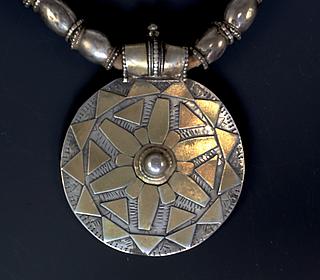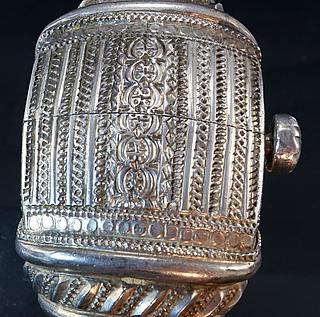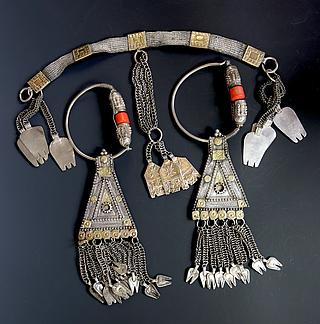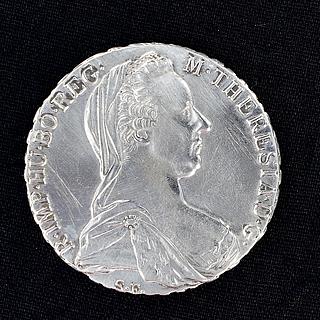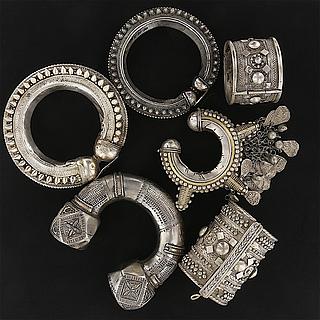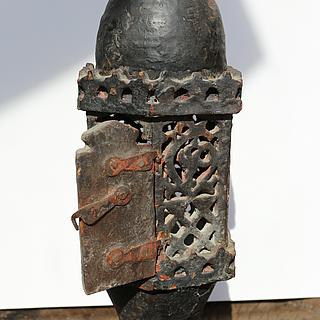JEWELRY FROM THE ARABIAN PENINSULA 03
Regional styles can be found both in Oman and Yemen. In Oman, particular styles can be found in Nizwa, Rostaq, Ibri, Sur, Mutrah and the Dofar region in the South. The same in Yemen where the Northern Mountains, the coastal regions or the Hadramaut have each its style. The most common source of silver used, was melting down and re-use of old jewelry and the Maria Theresa dollar. Omani silver jewelry is difficult to date, but often not more than a generation old. No men or bridegroom would give a piece of jewelry to his wife someone else had worn before. Silver jewelry has been made most of the time on demand. Nowadays, with the boom of the Omani economy, silver jewelry has been abandoned in favor of gold jewelry. Therefore it is possible to find old silver jewelry in jewelry shops.
Techniques of Bedouin silver jewelly: based on: Bedouin Silver Jewelry in Saudi Arabia; heather Clyer Ross; 1978
The Bedouin silversmith is generally born in the silversmith class and his craft is generally passed to him by his father. An exception is the antique silver of Yemen produced by Jewish Silver Smiths established in Yemen. The various techniques used are:
Annealing consists of heating the metal and gradually cooling it. This process softens the metal and makes it malleable.
Hammering is the term used for hammering the metal into a flat sheet of uniform thickness.
Embossing and Repoussé are decorative techniques in which the design is hammered out from the back of the sheet, achieving the relief decoration on the front.
Fusing is the method of amalgamating two metal objects by melting with intense heat and using copper carbonate. The technique is used to adhere small elements (granules) or filigreed wire to a plane surface.
Soldering is also used for assembling basic parts of jewelry. A similar metal, but with a lower melting point, is used to join the pieces, facilitated by the addition of a flux.
Chasing, a decorative technique in which the design is struck and punched on the metal from the front of the ornament.
Engraving is done by working on the surface of the metal with a sharp pointed tool called graver.
Granulation consists of applying metal grains in patterns to a metal surface to produce raised three-dimensional effect.
Wire: is also used as a decorative element in jewelry. Woven or plated on the jewelry, fine wire is also used to produce the fine filigree.
Wrought Metal by which the metal is worked into shape by twisting or bending it after being made malleable by annealing.
Chain making: handmade chains are an essential element of Bedouin jewelry. Chains are made out of low-grade silver. Silver is stronger when alloyed with more base metal.
Filigree is a decorative technique, it can be applied in two ways:
-"à jour" twisting and forming wire into a delicate tracery to make various patterns, which are then soldered.
- "applied", the twisted wires are cleanly fused to the ornament by intense heat.
Casting, sand casting is mostly used by Bedouin jewelers. A model is pressed into very fine sand contained in two metal frames. Once the model removed the sand is treated with a mixture of alum, salt, sugar, and water to preserve the impression. The mould is reassembled, and molten metal is poured through an opening in the mould.

